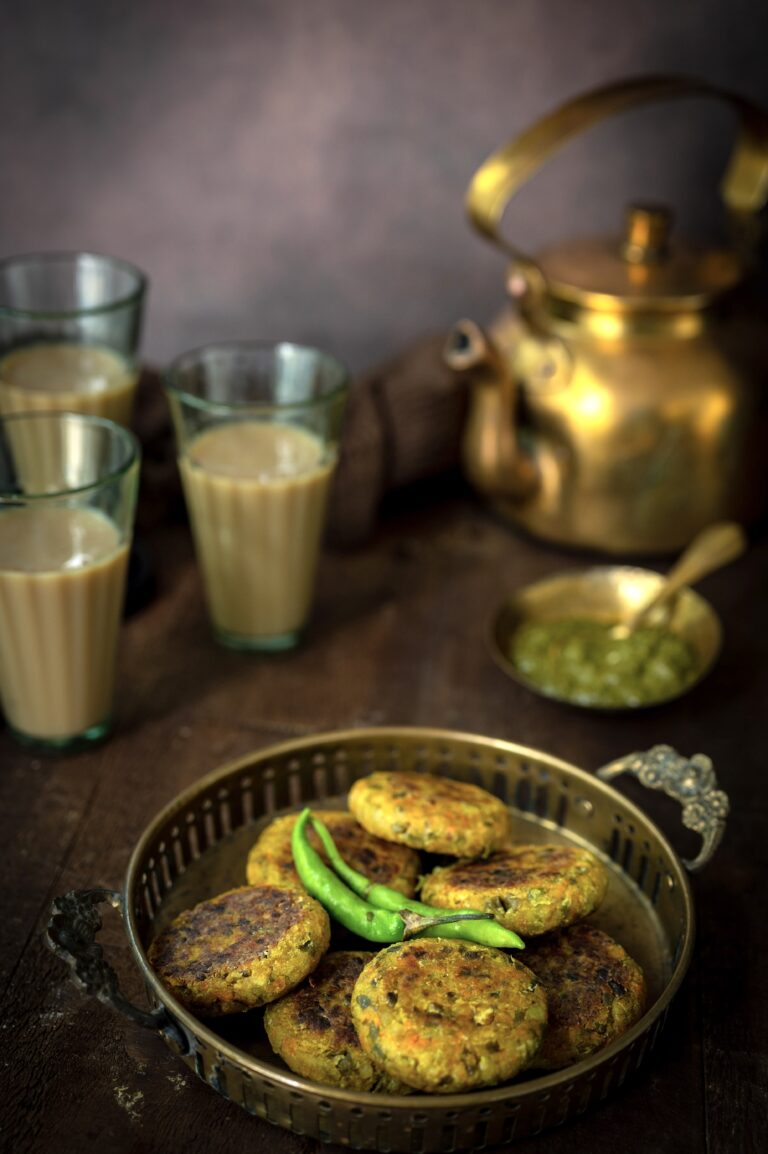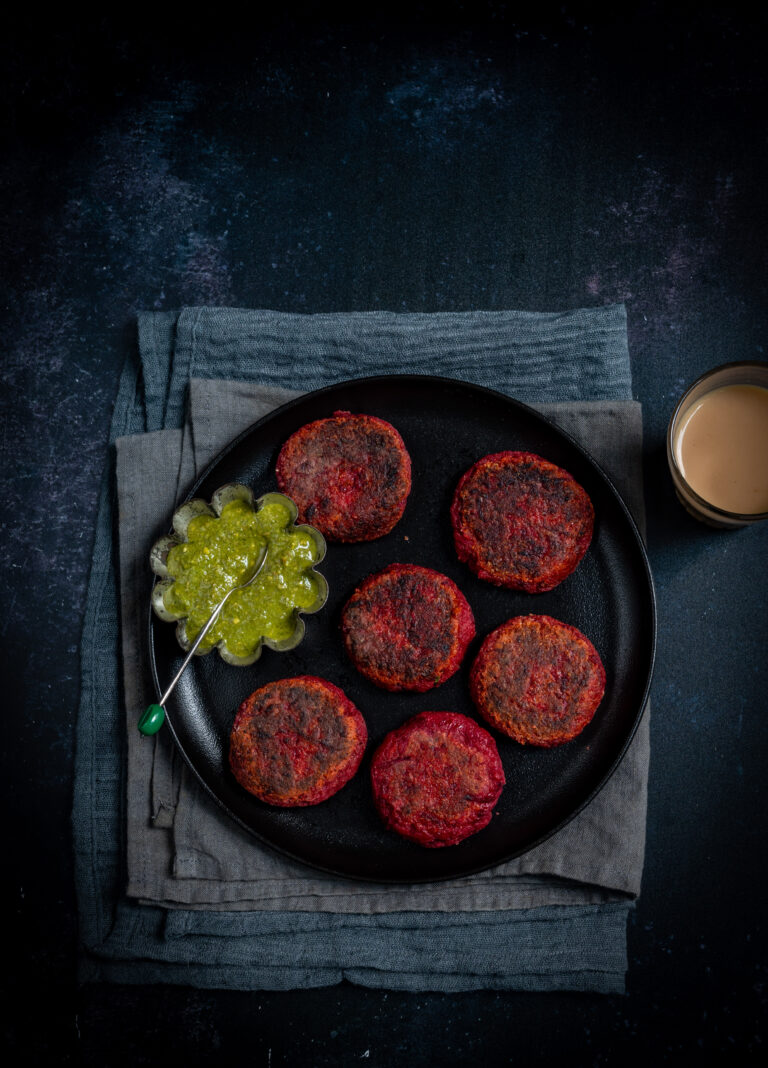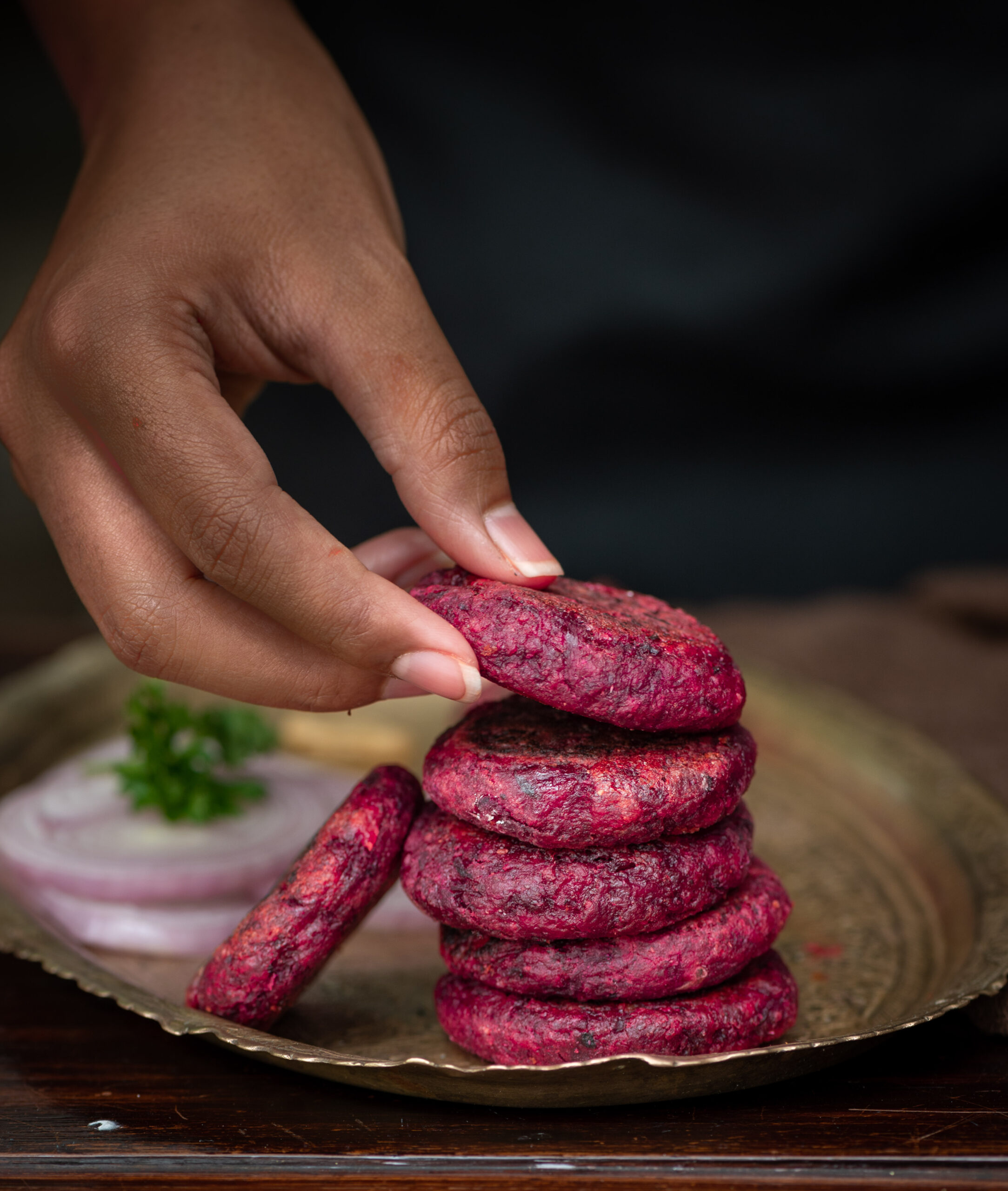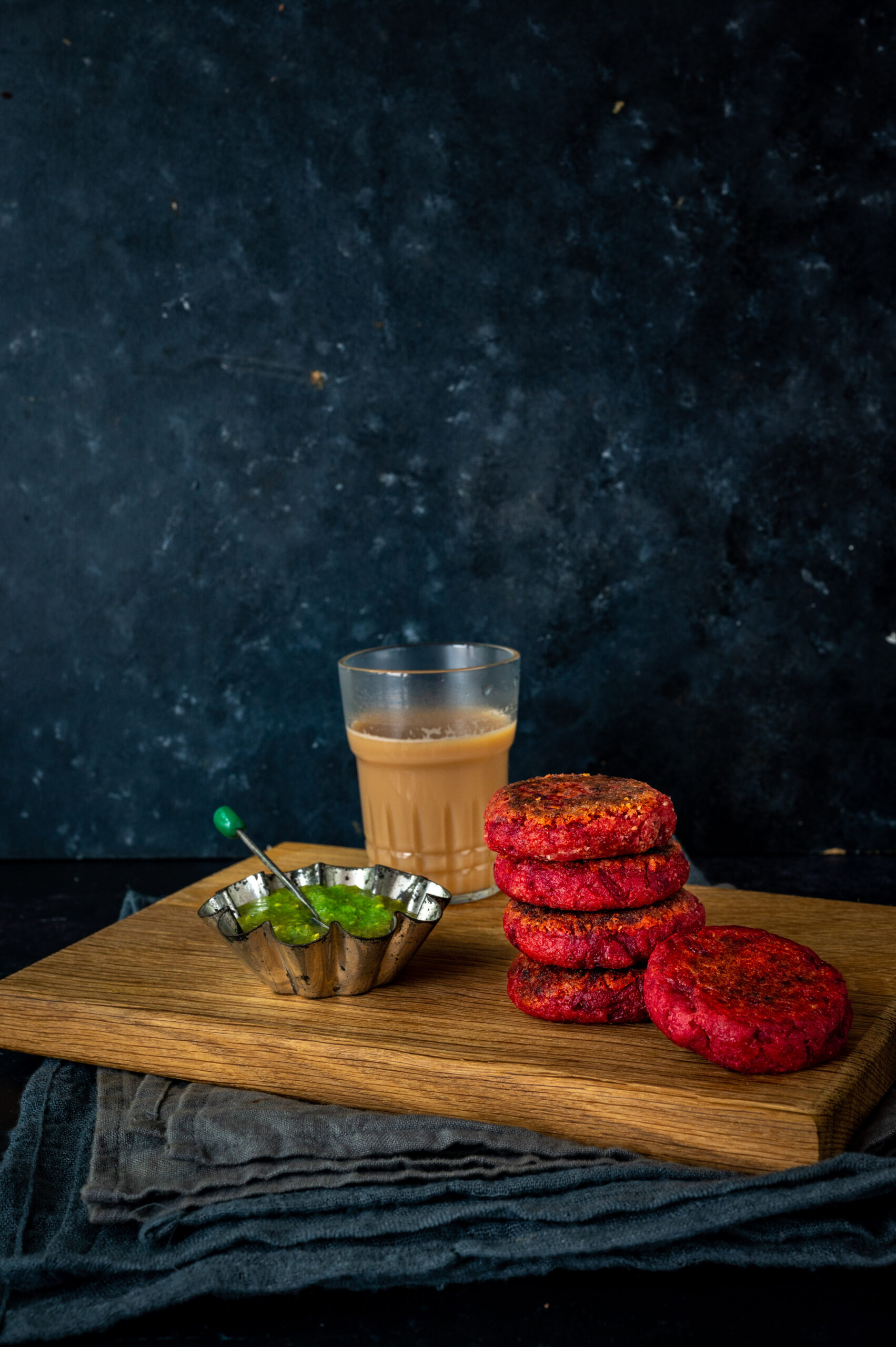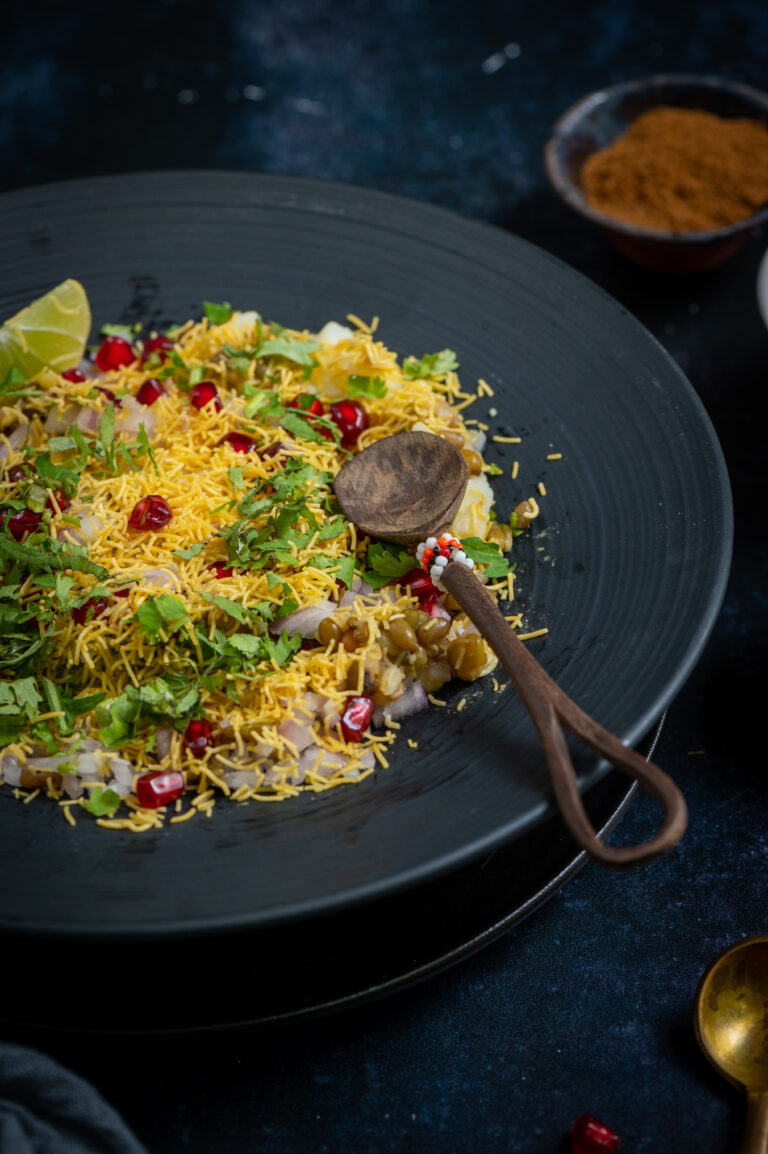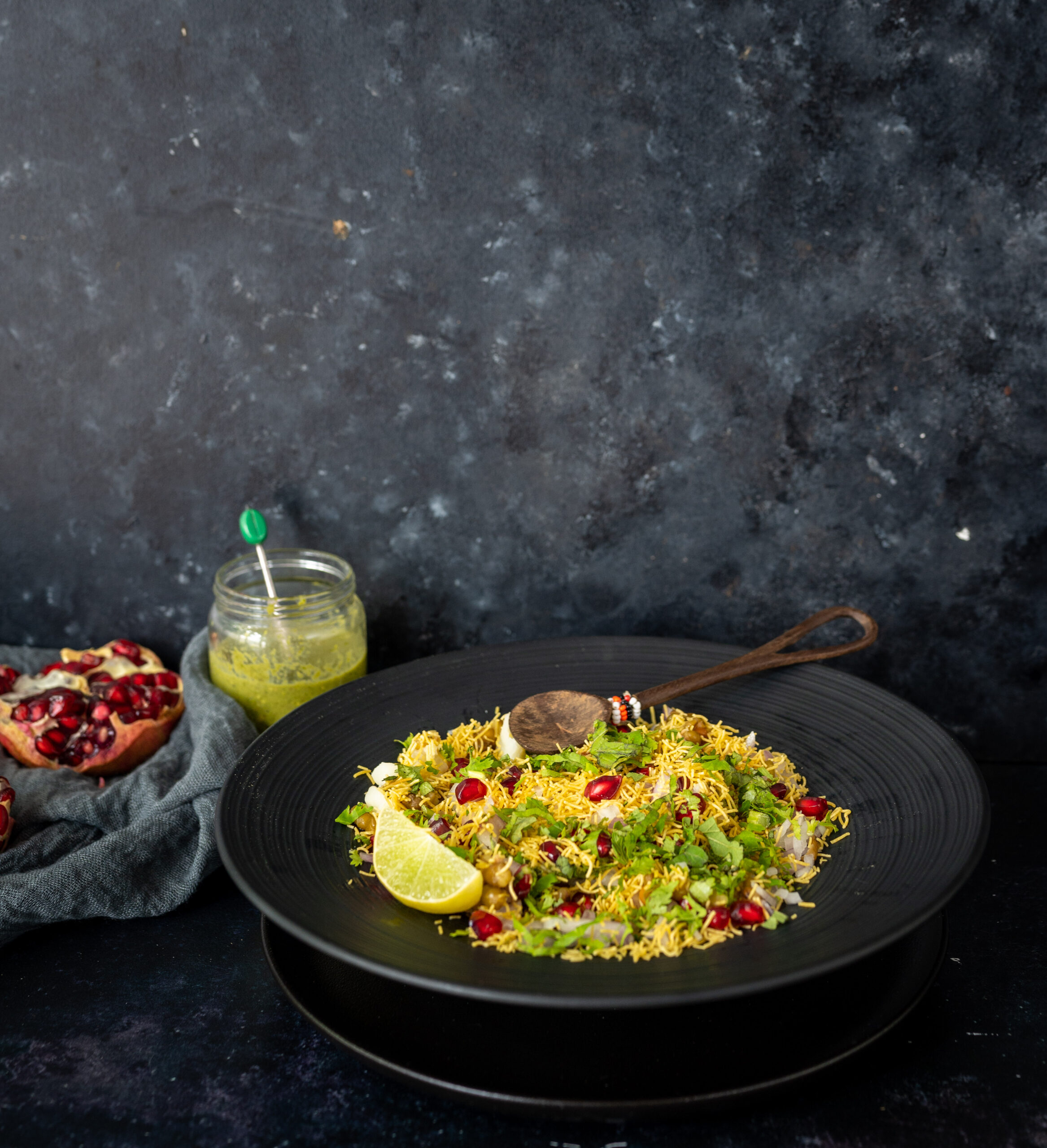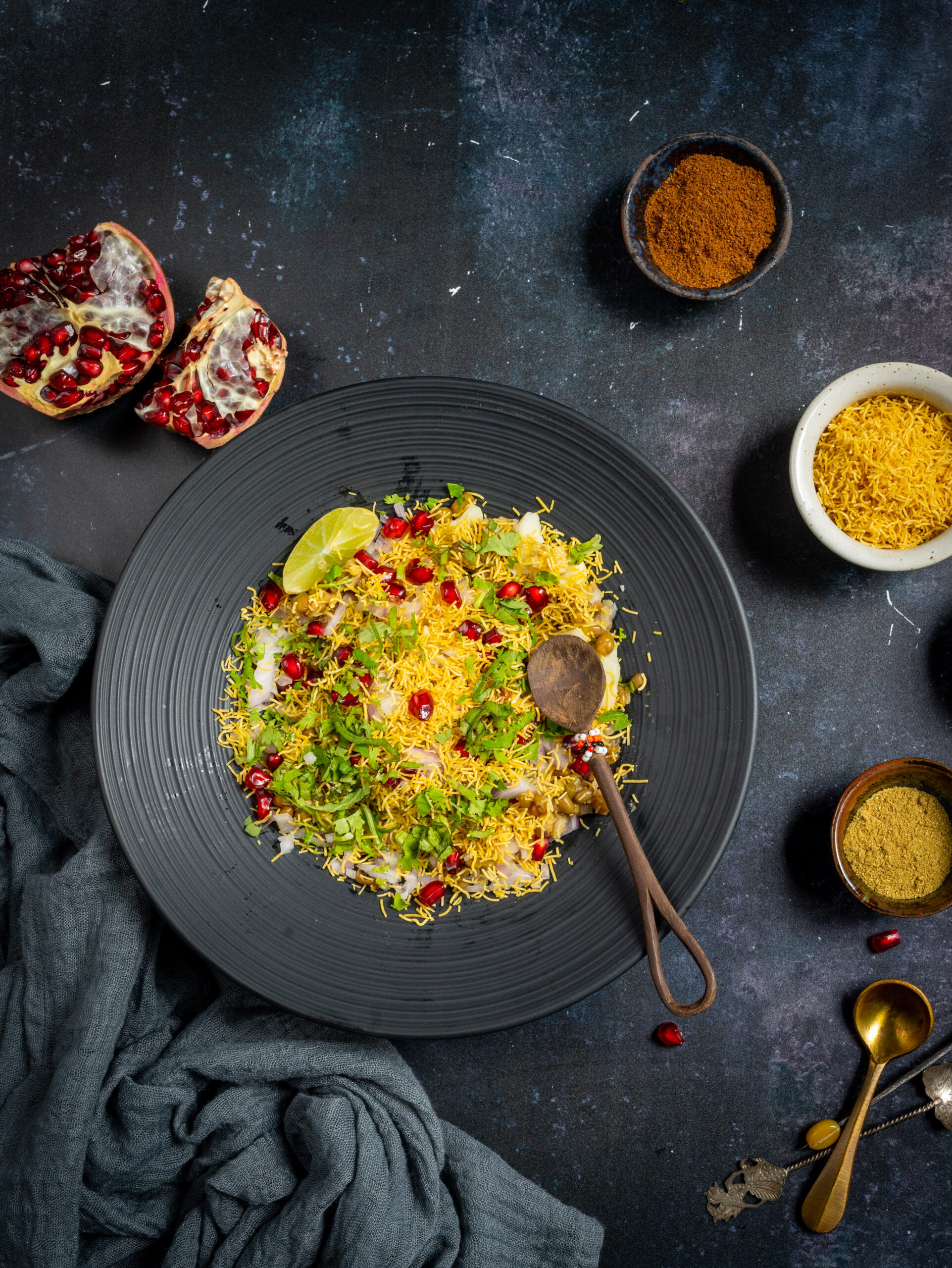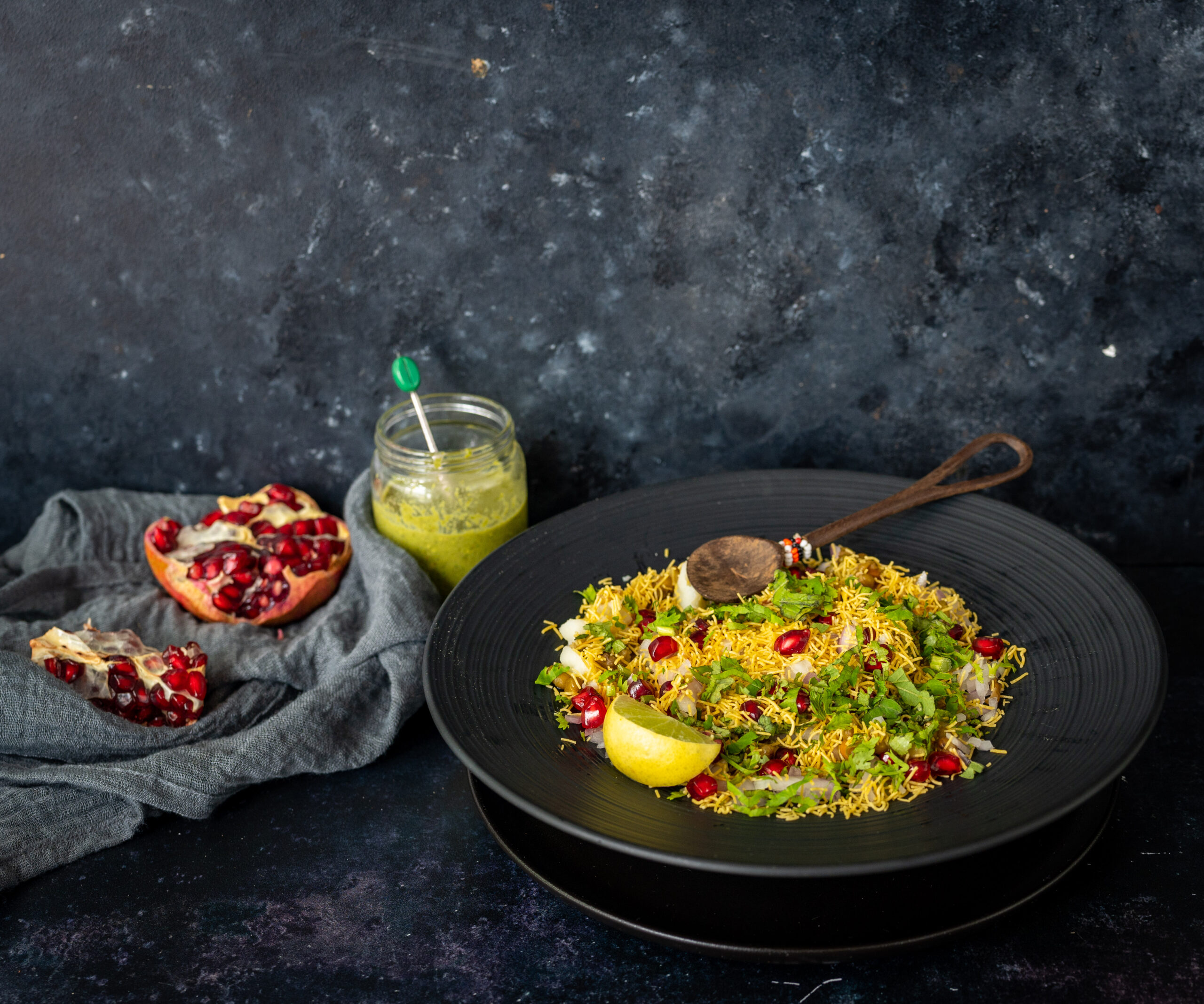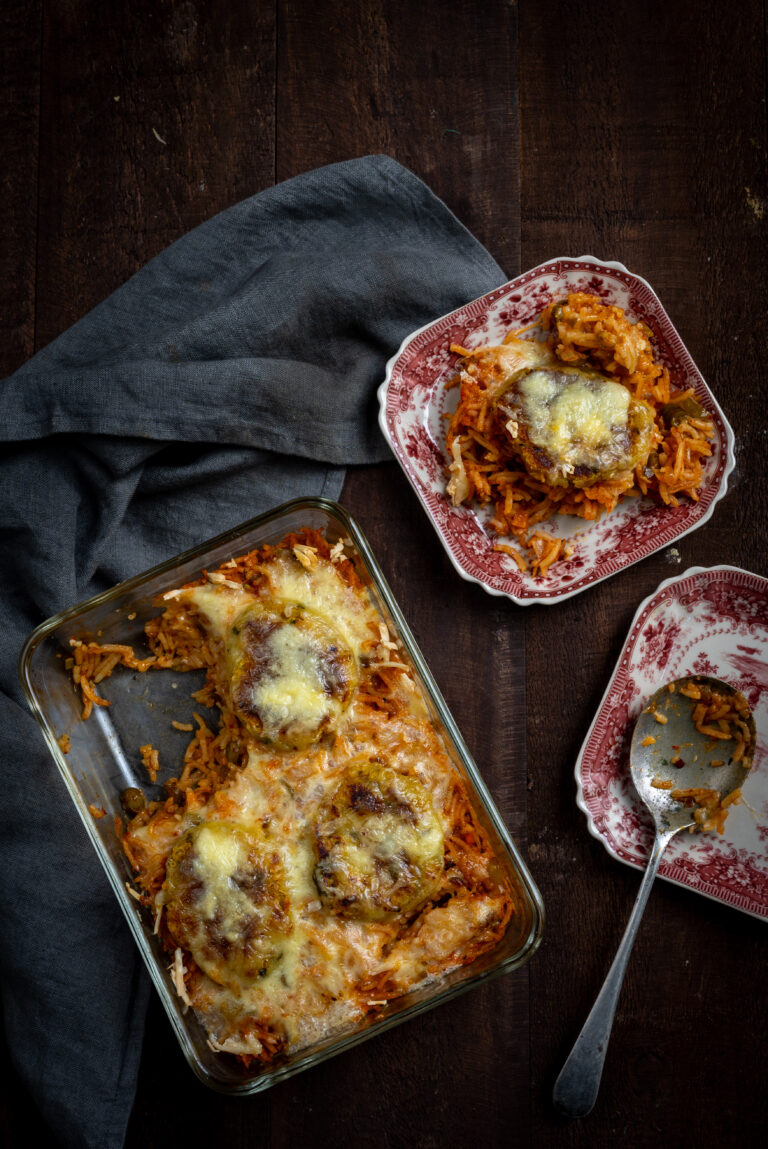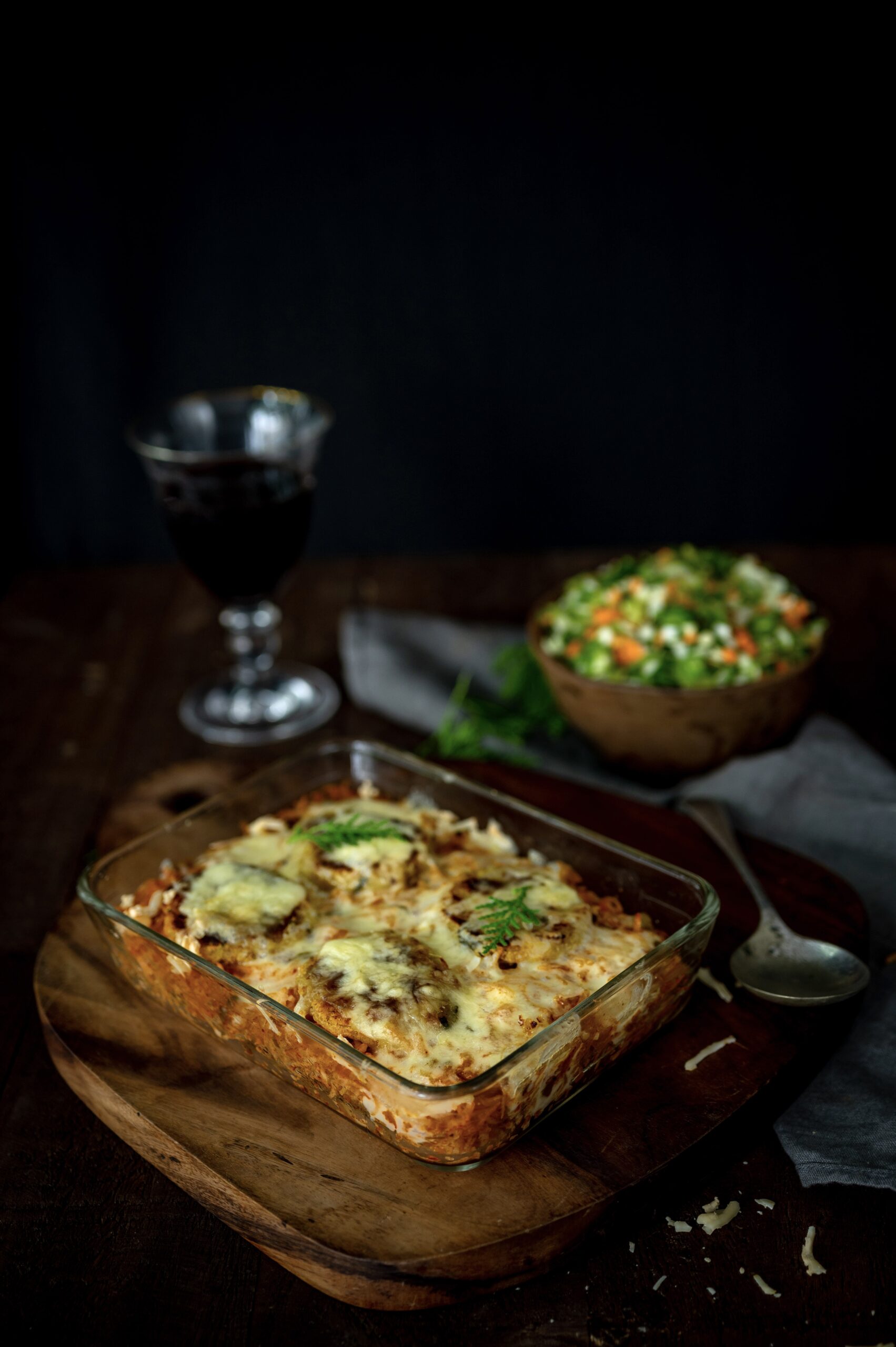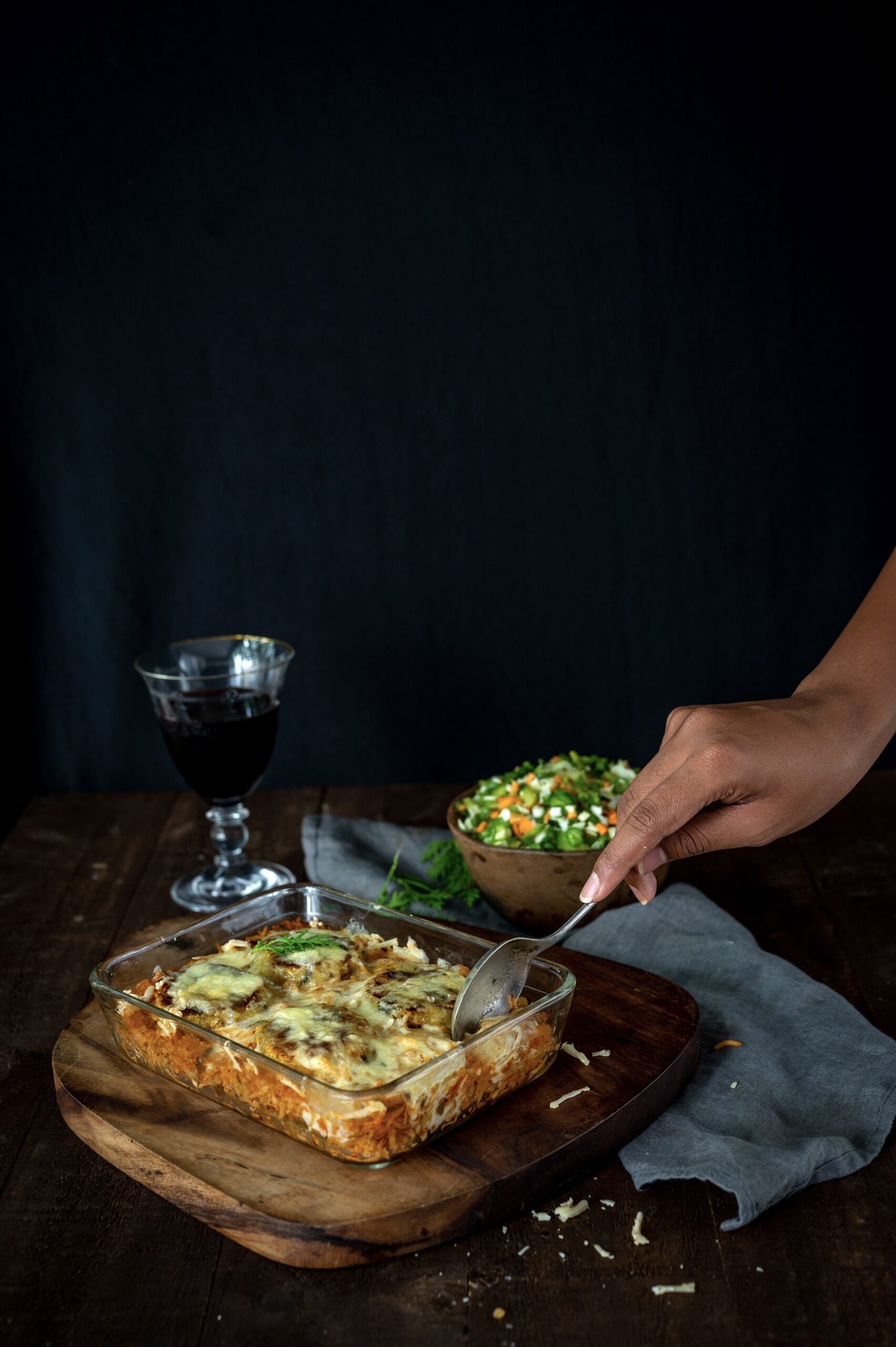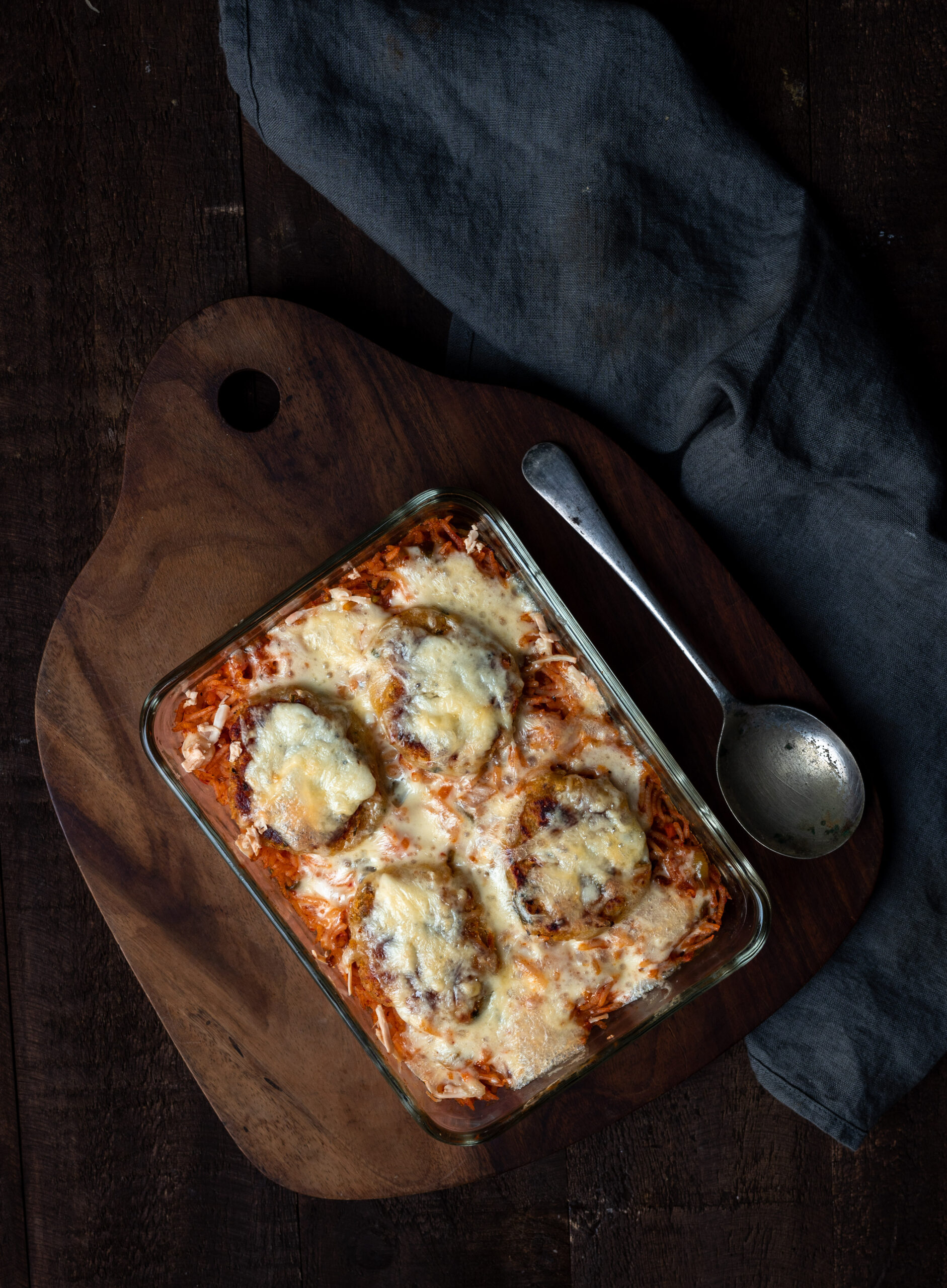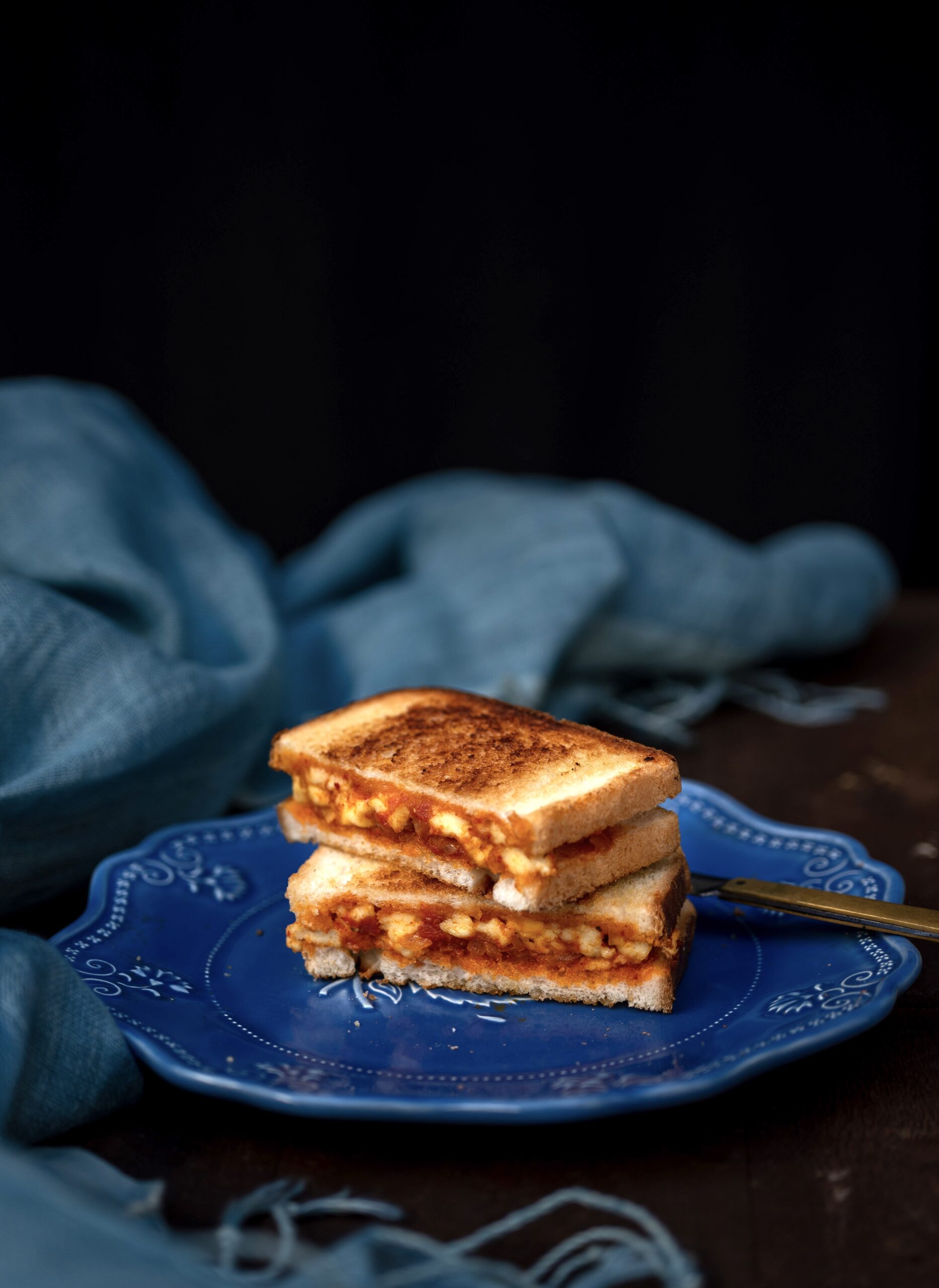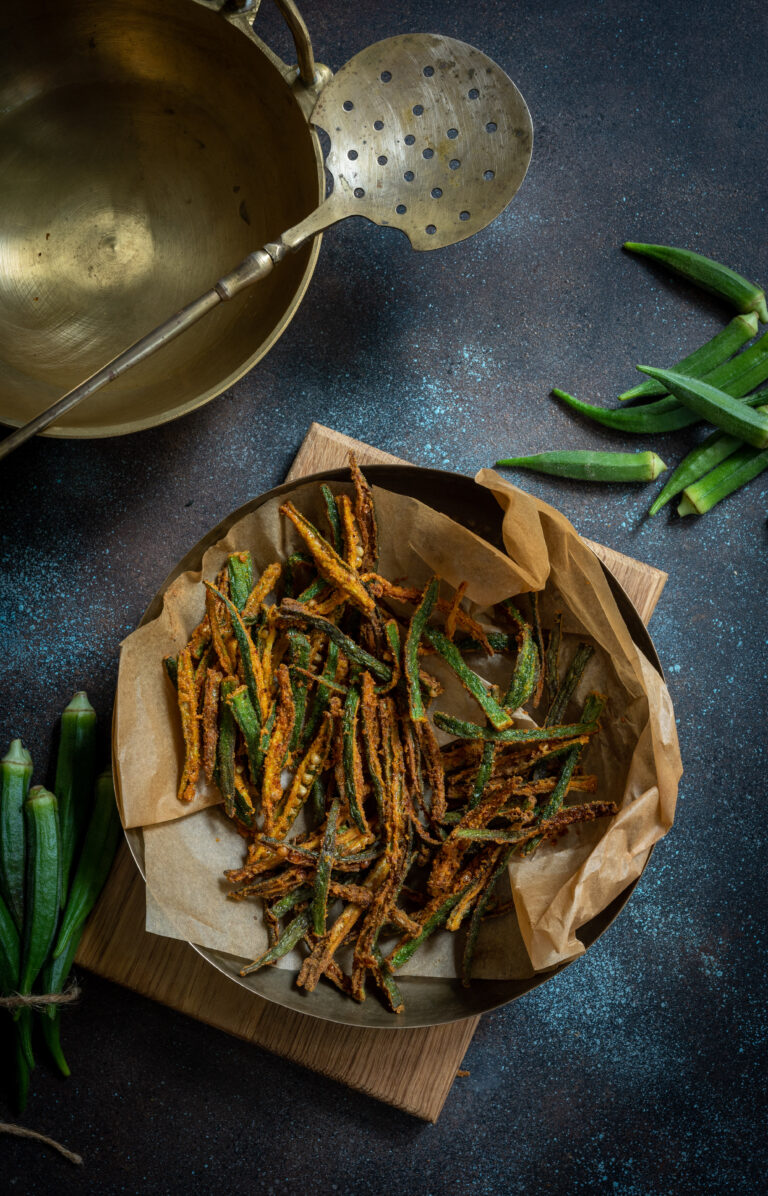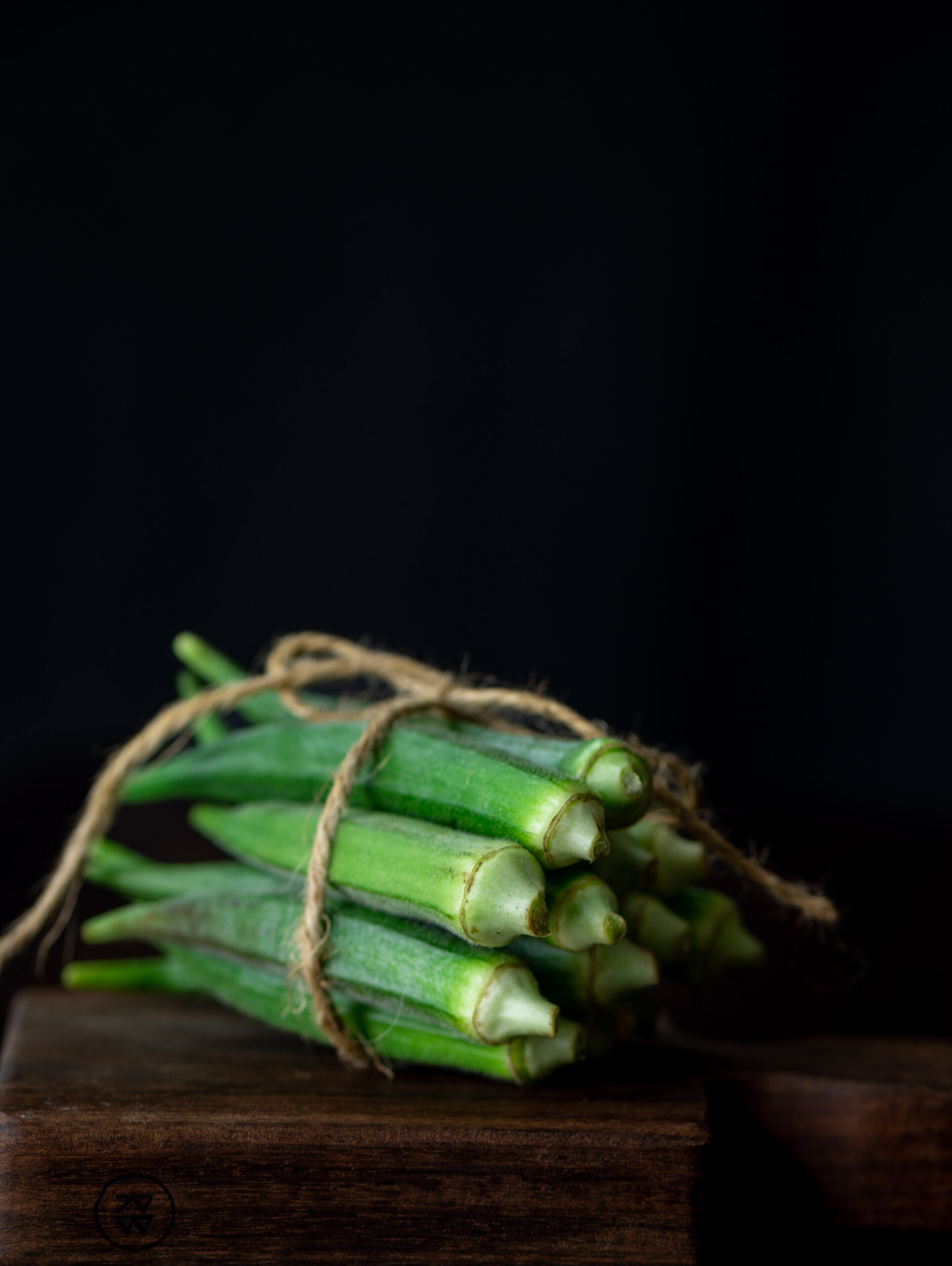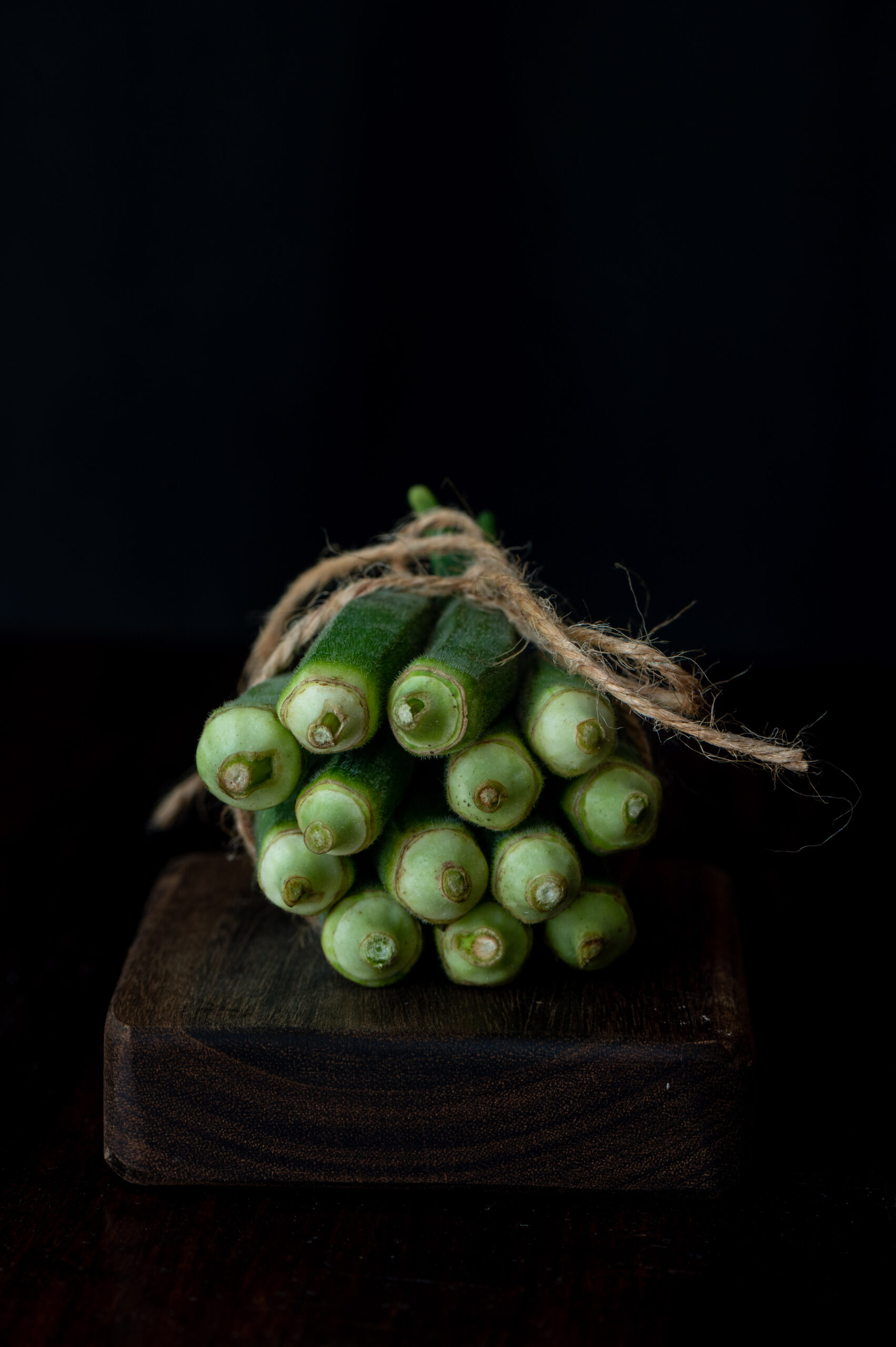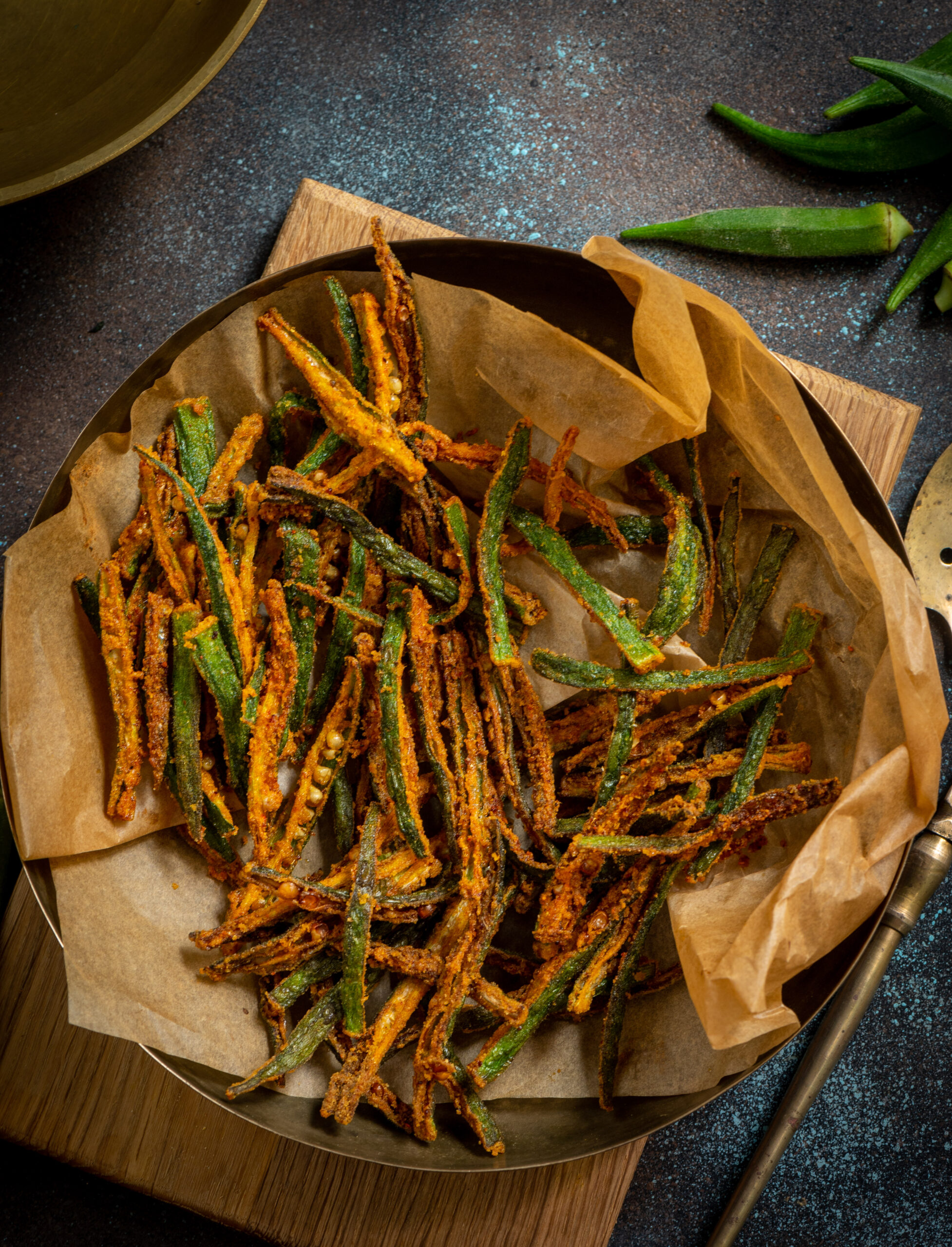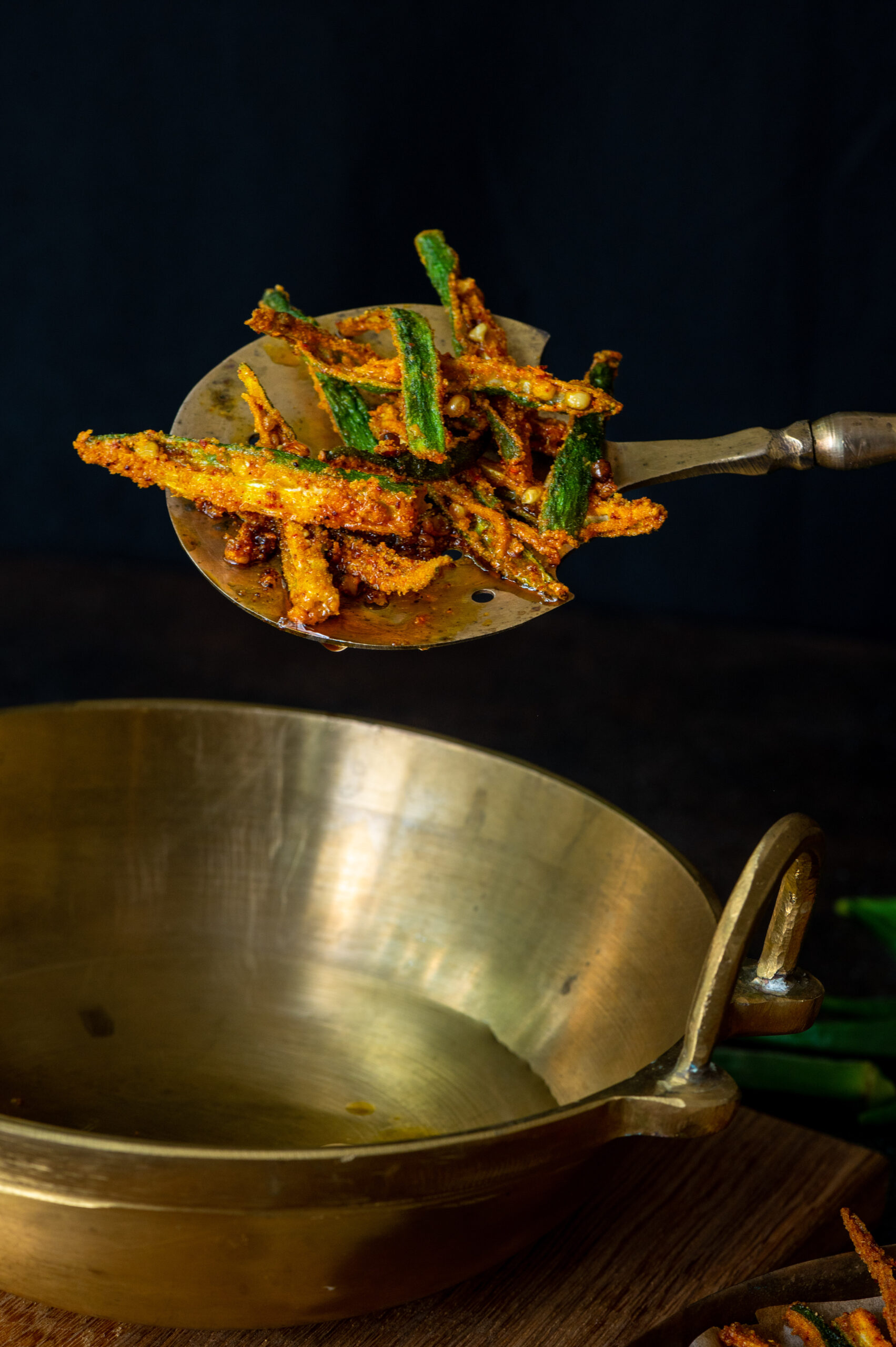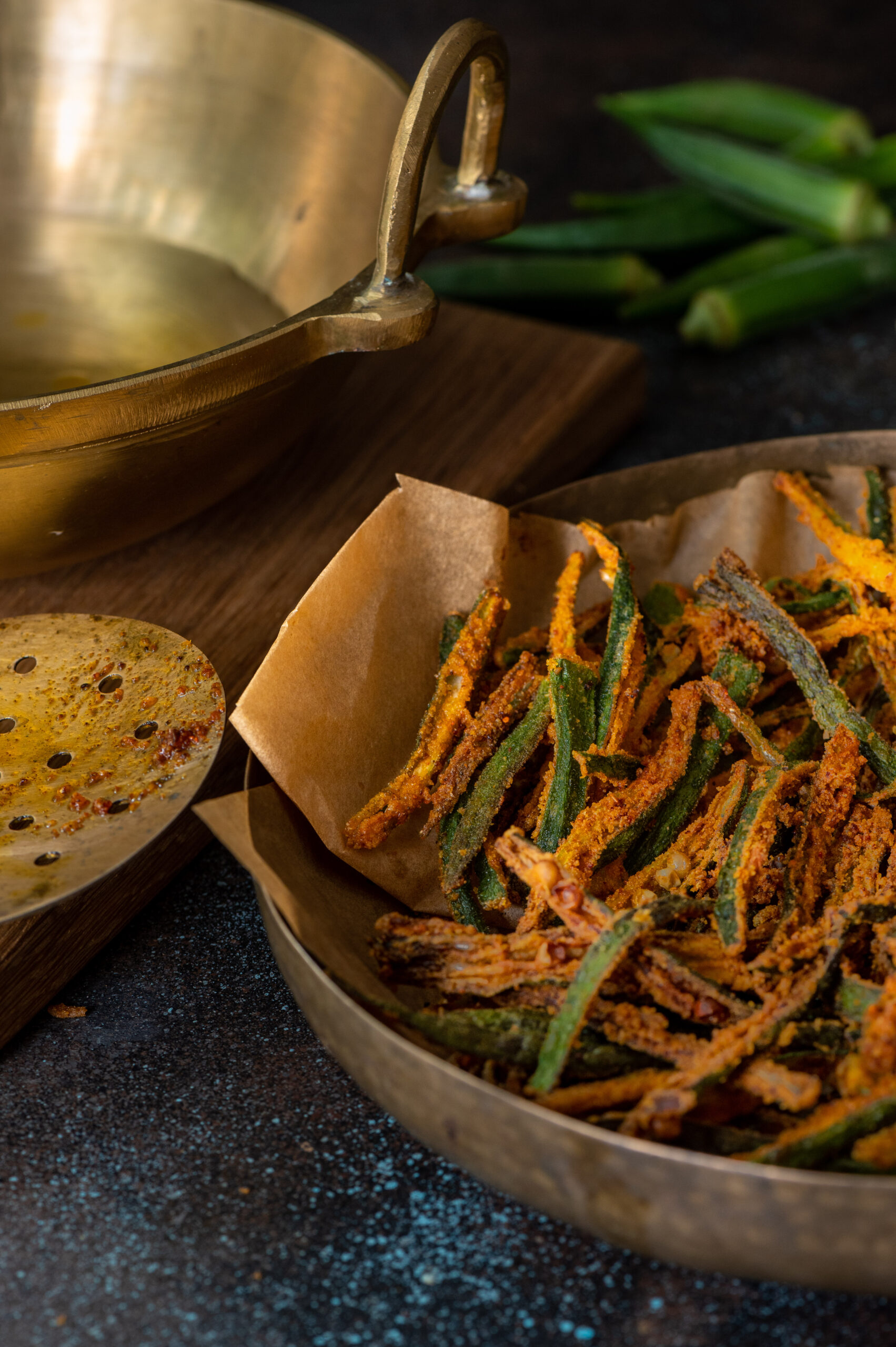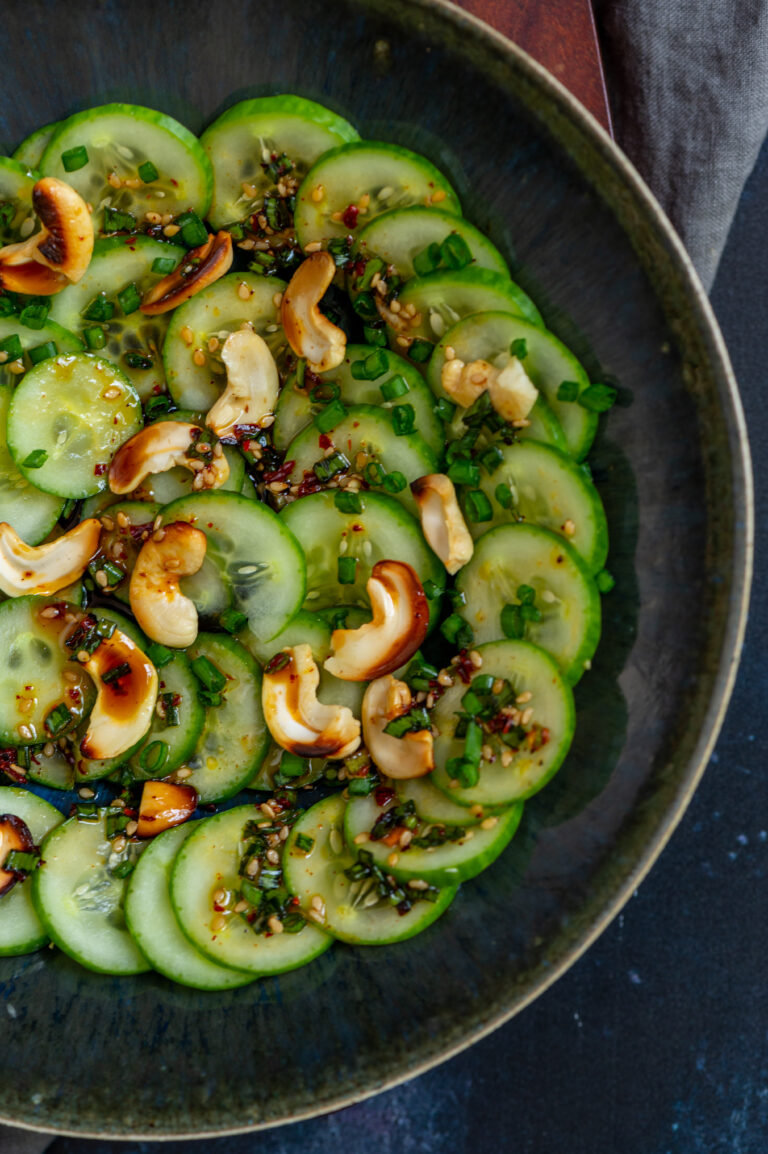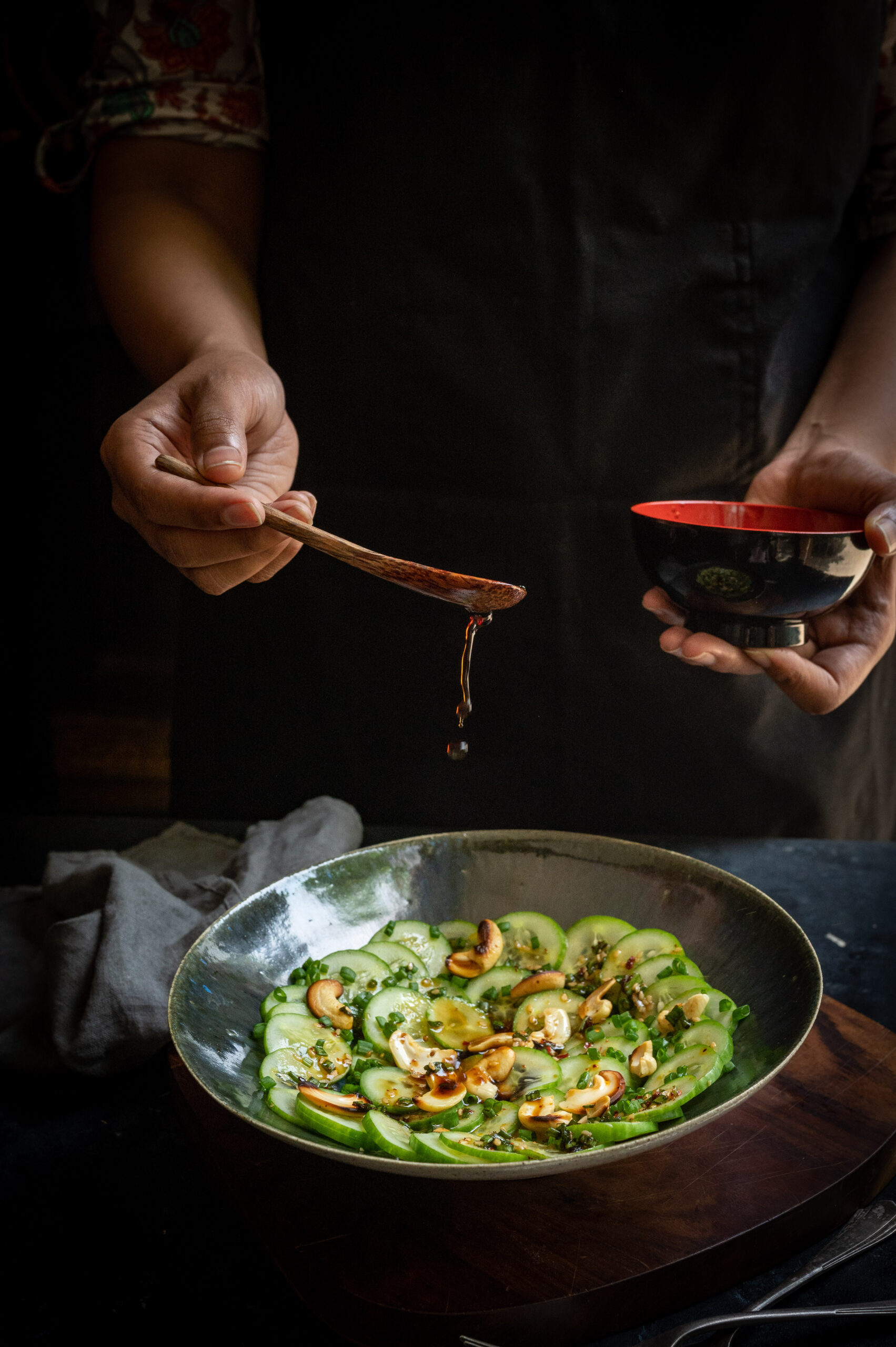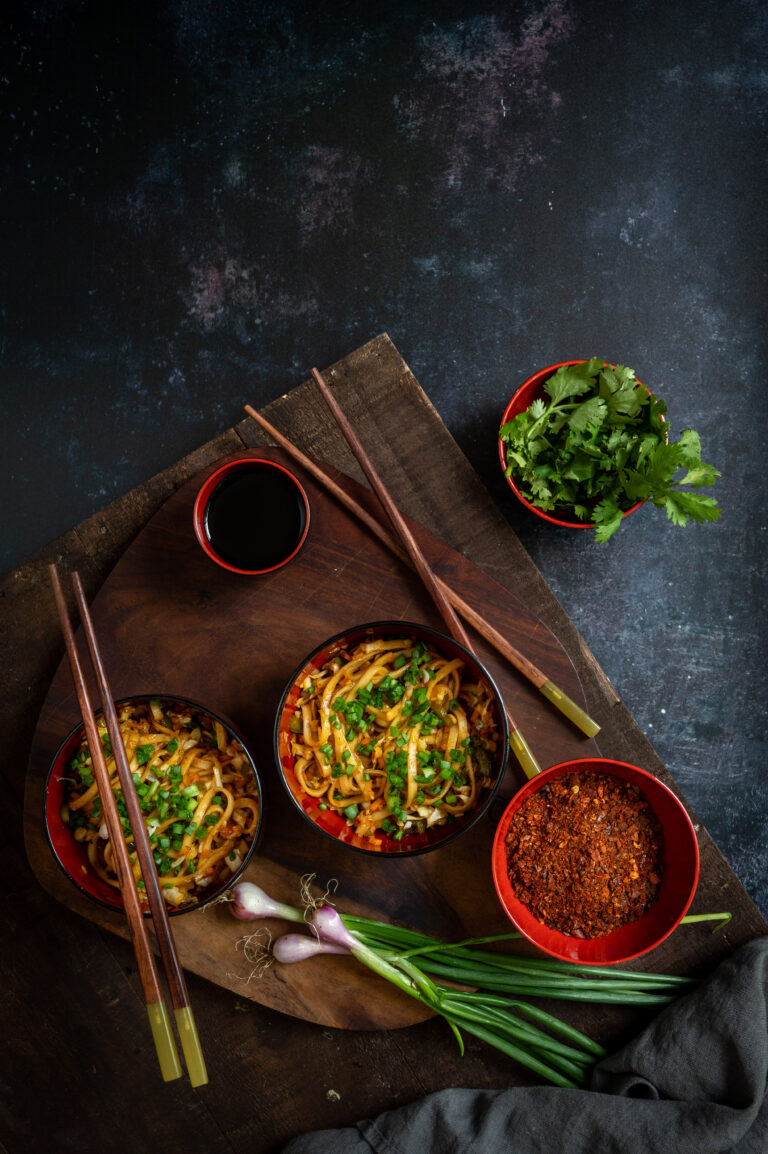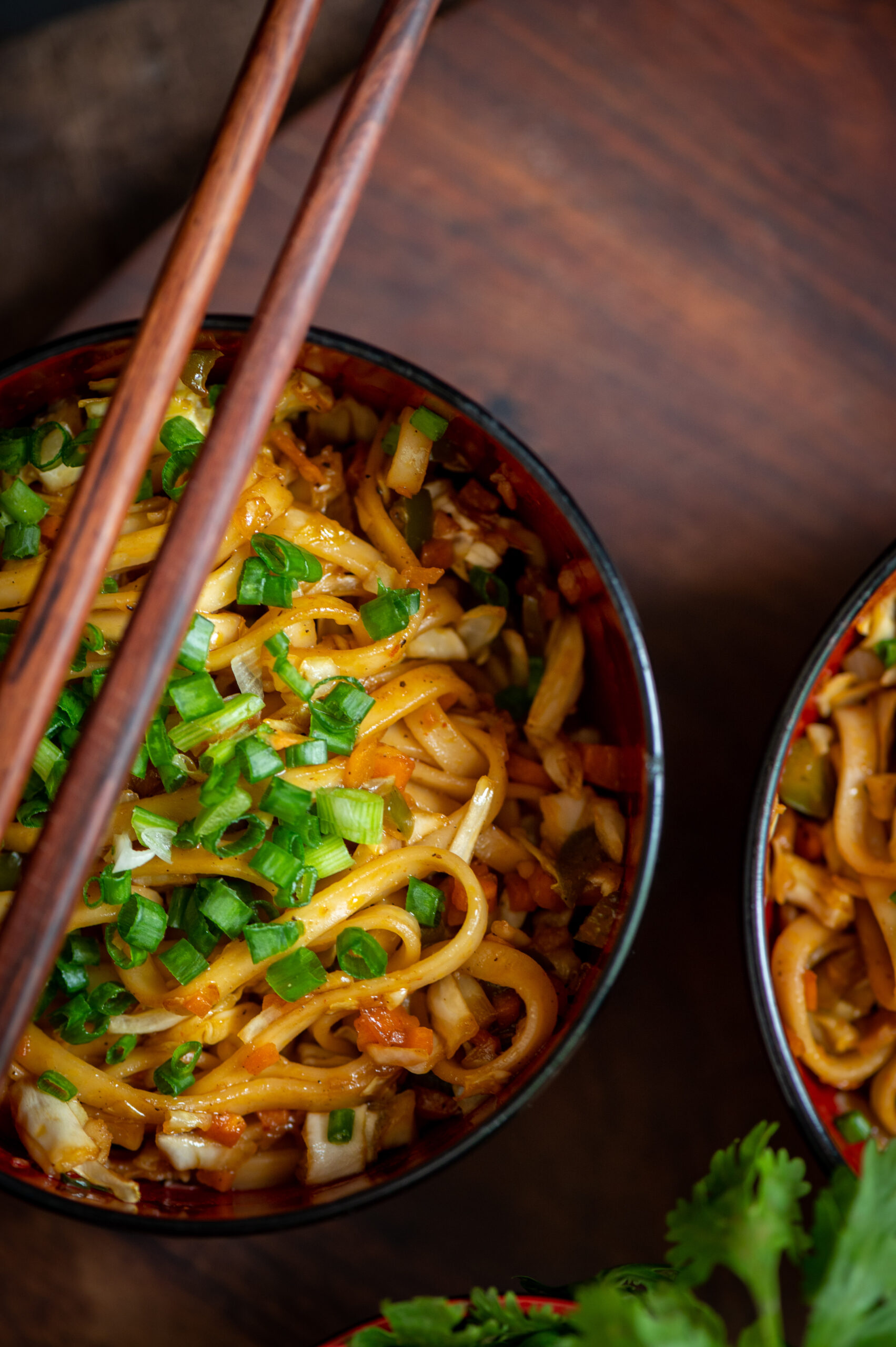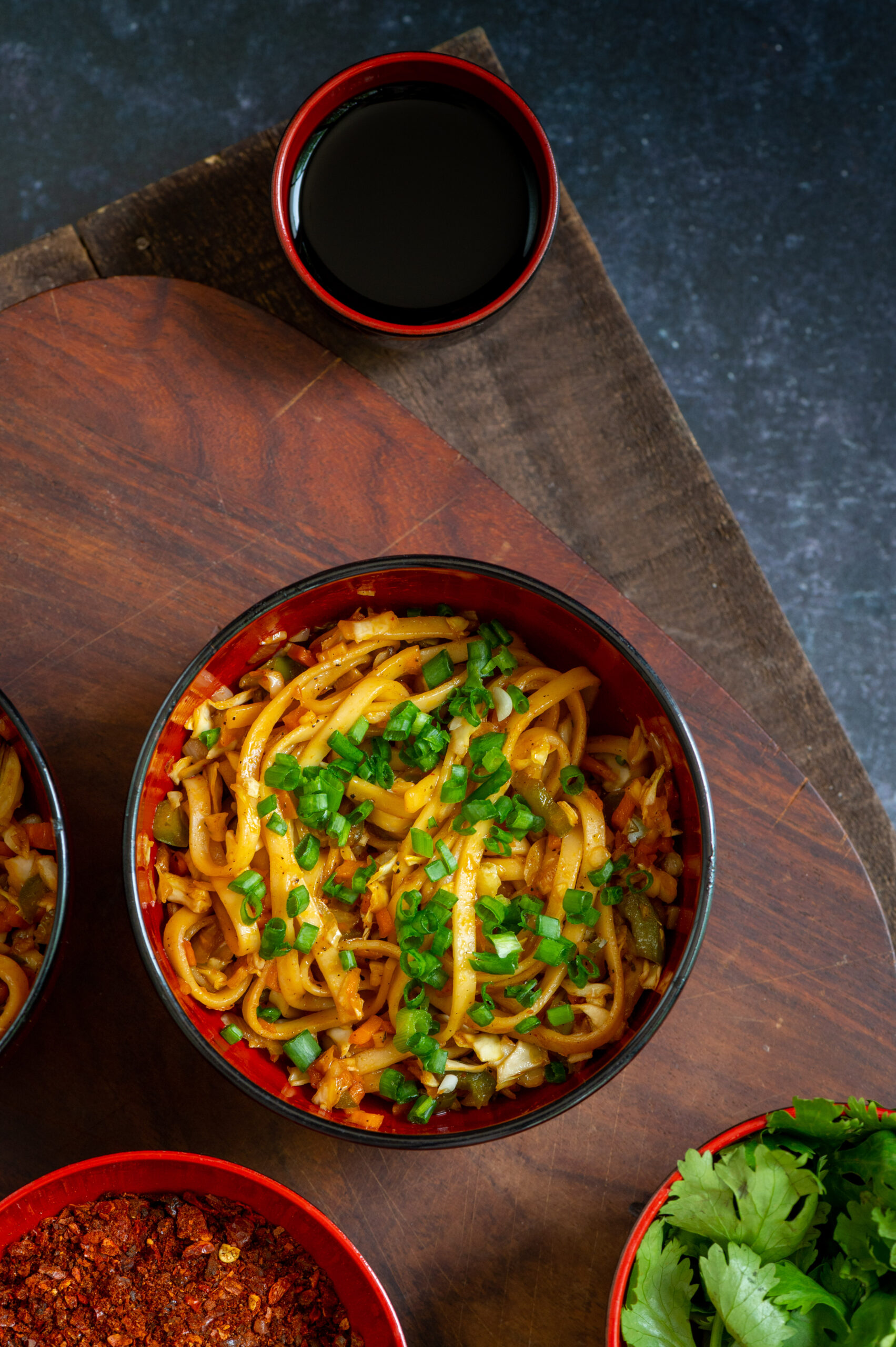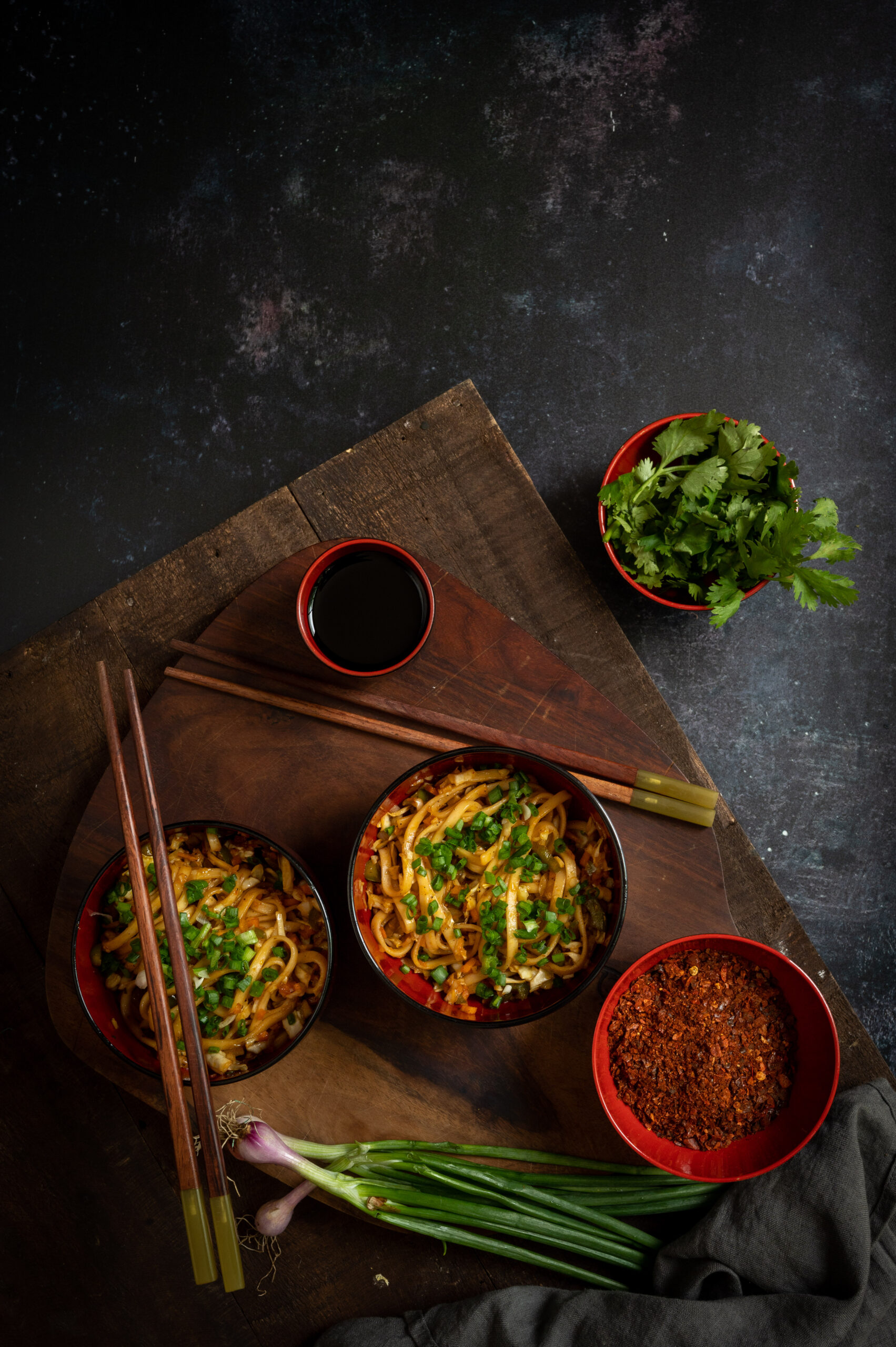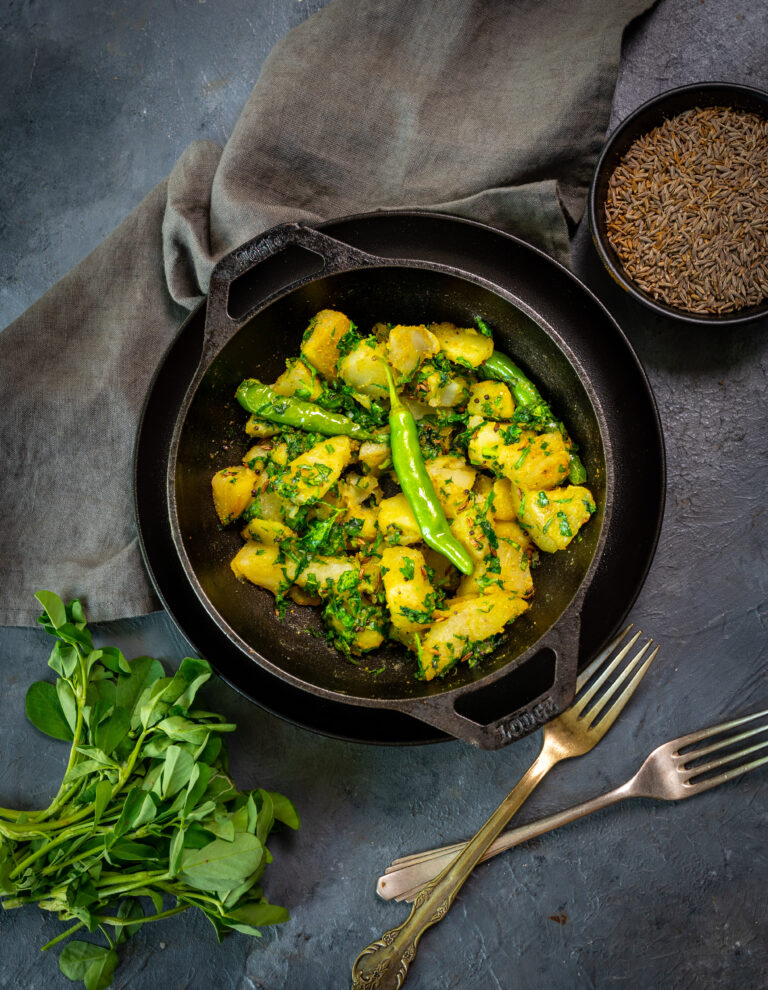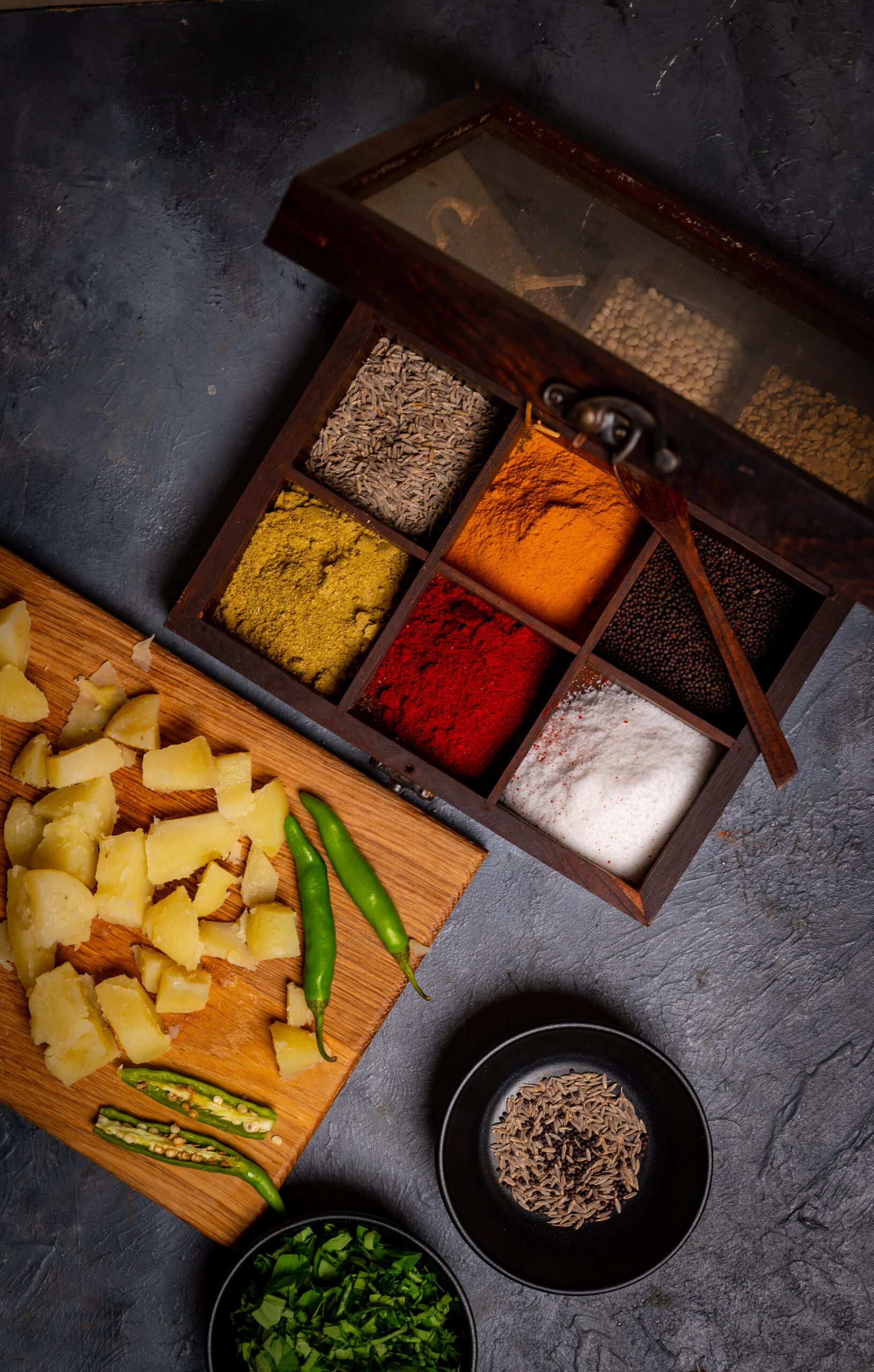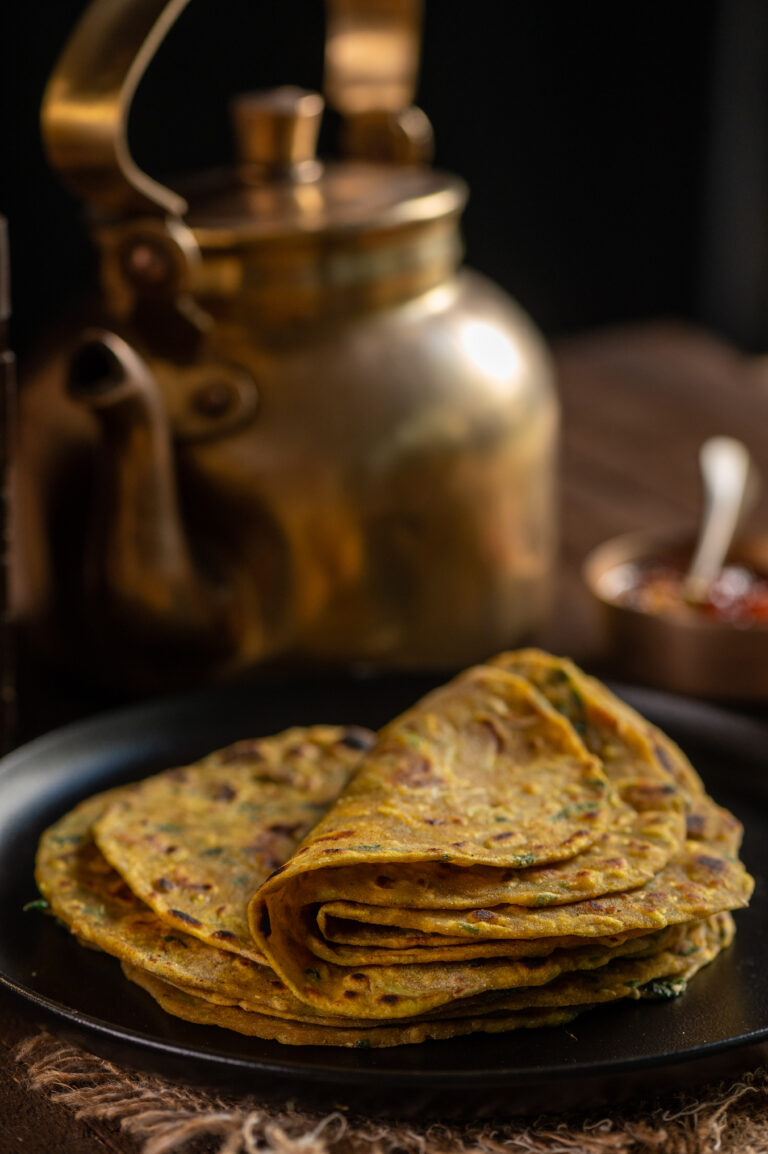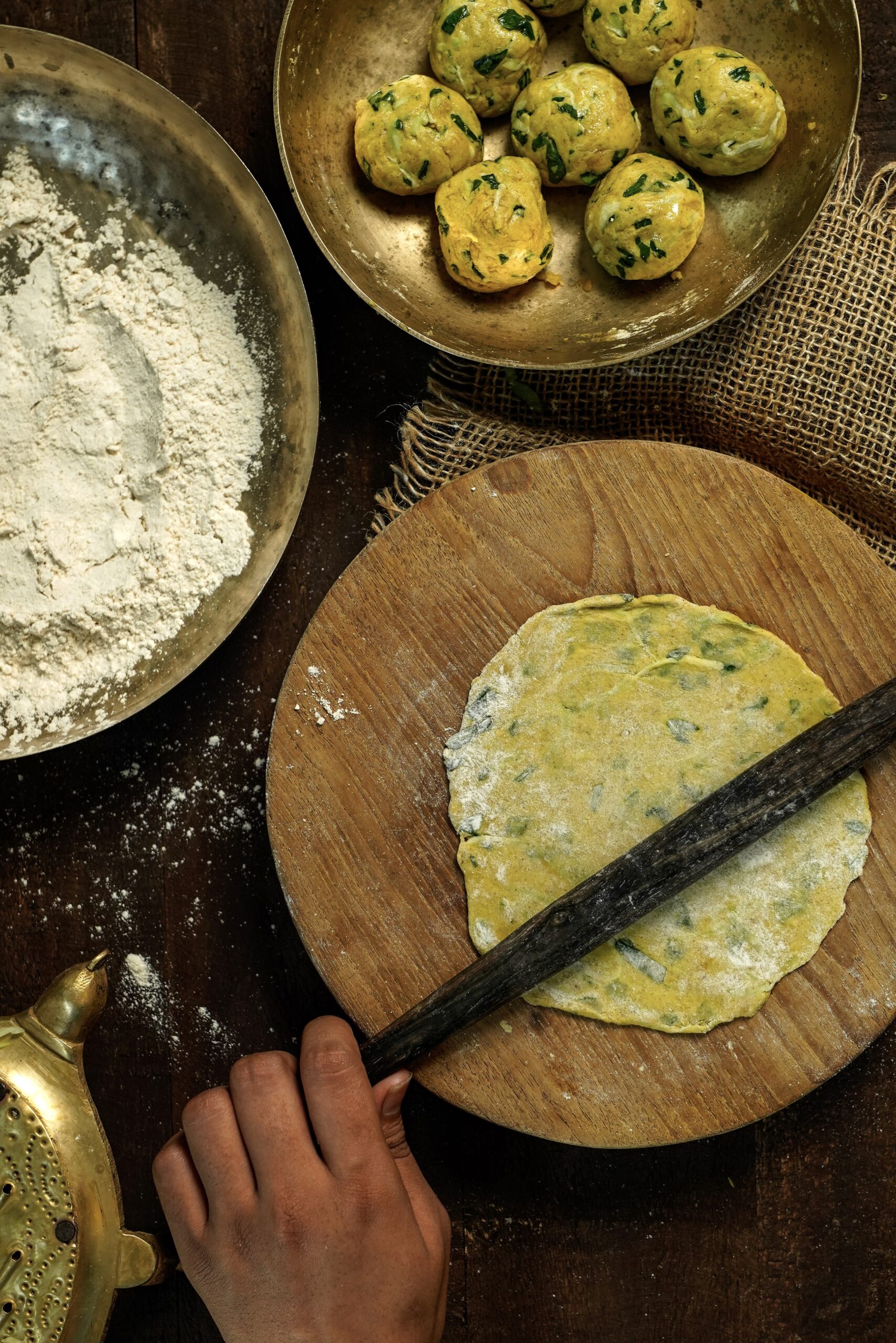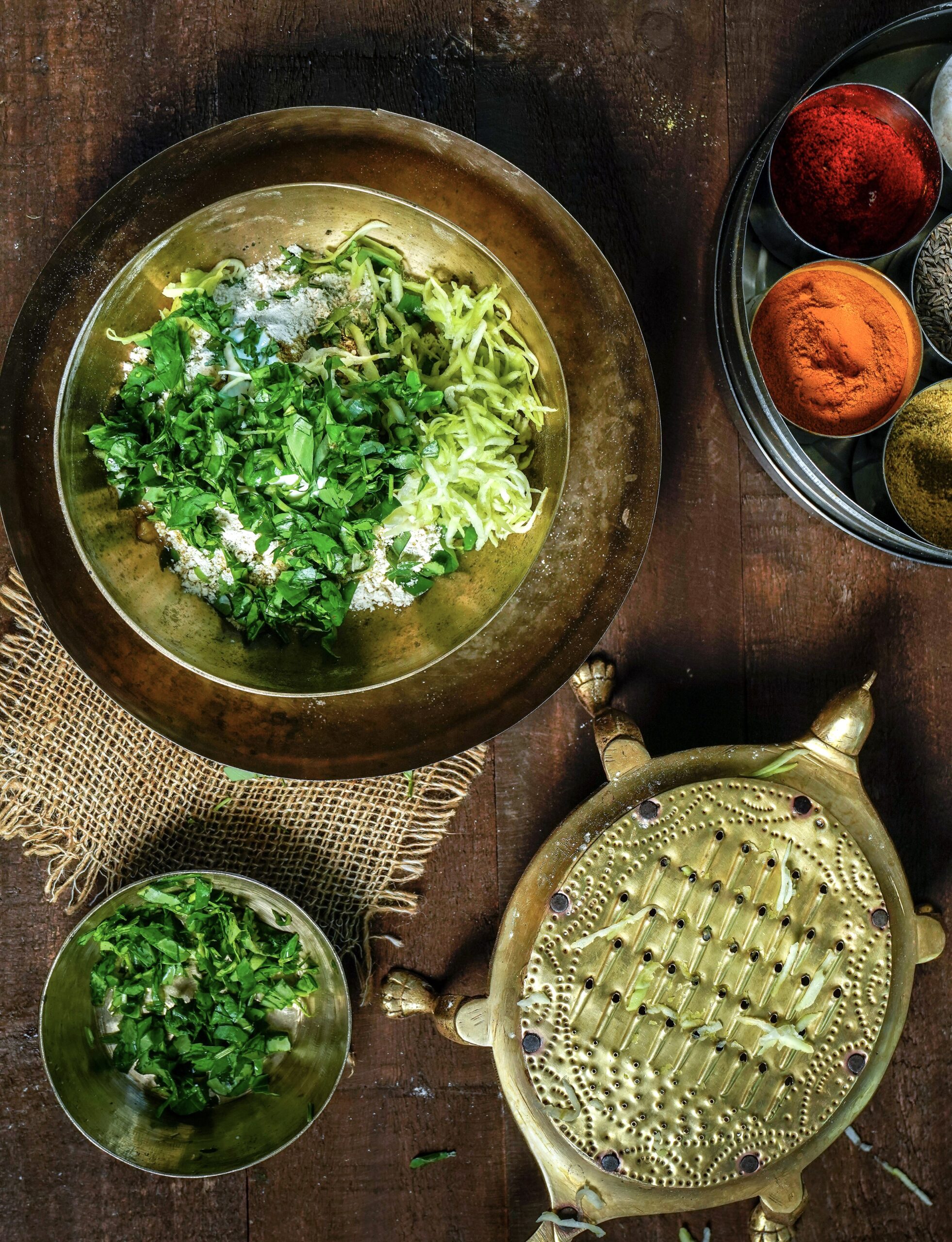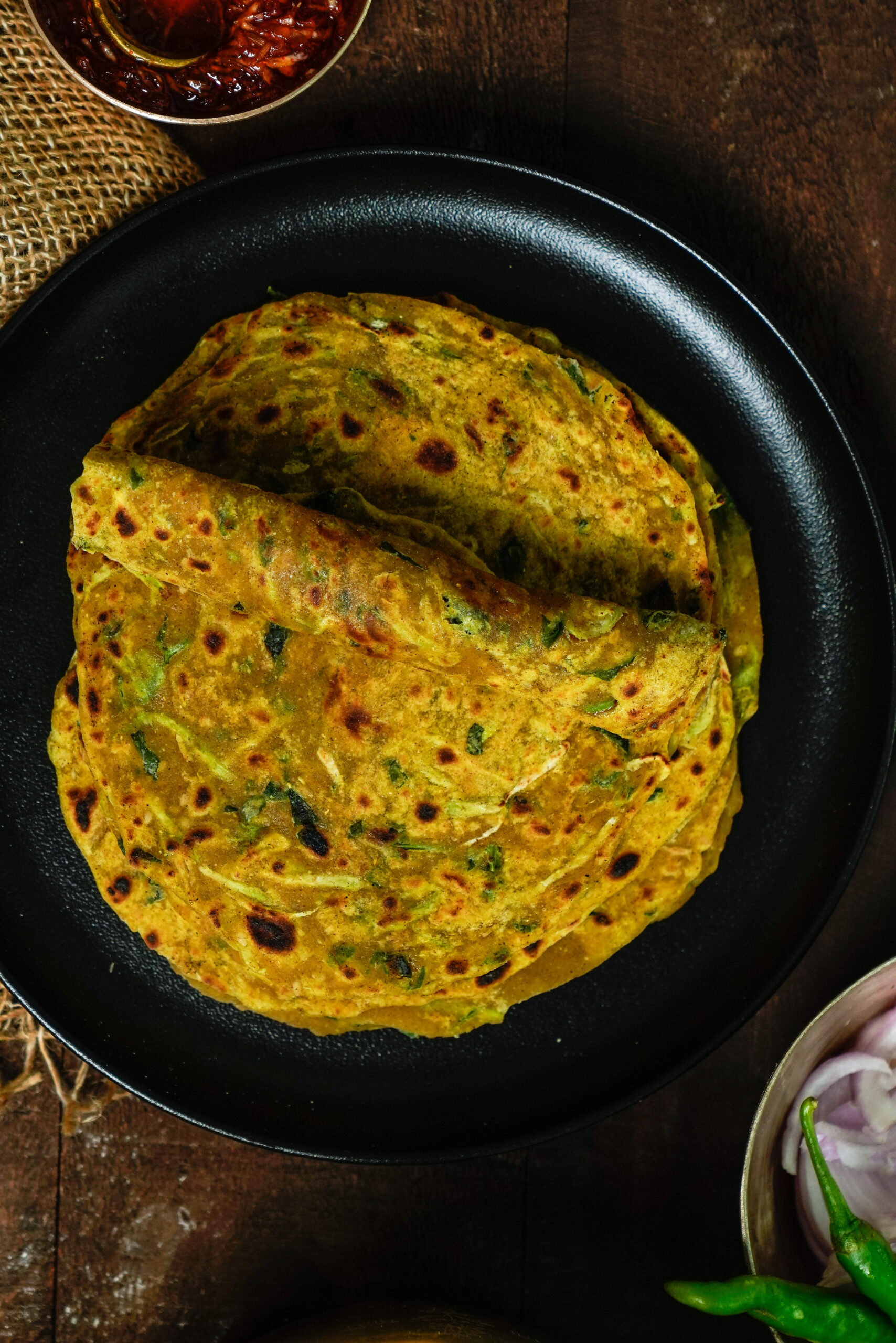I recently visited my very dear friend Girija, whom I’ve talked about before. Her stew is famous. I hope you’ve experienced why; I shared the recipe a while ago so that its delightfulness could spread even further. Whenever I visit her, it feels like I’m going home. She spoils me, looks after me, cooks everything that I like to eat, and I have to admit that she is a way better cook than I ever can be.
In my previous recipe, for beetroot cutlets, I mentioned that the dish had been popping up in various conversations around the same time. Girija was one of the people I discussed the dish with, and I recall telling her that what I usually make is a mixed vegetable cutlet. I enjoy talking to Girija about culinary innovations because there is a lot I learn from her. Through her, I know about cooking meat dishes that I wouldn’t otherwise have a familiarity with, along with details like spice usages and the reasons behind them. I often say that my mother was my first teacher in the kitchen, and that subsequently studying Macrobiotics at the Kushi Institute enhanced my outlook and the way I see and treat food. I feel Girija is among these teachers of mine too.
I share all this with gratitude, which is connected of course to the Indian belief that food must be treated with respect and should never be wasted, and to the practice of saying grace before meals in some cultures. As I share my mixed vegetable cutlet today, during this festive month and incidentally the month in which this blog of mine turns six years old, I want to say that am so happy to have such lovely people in my life. Between you and me, I am even grateful to have the not so lovely ones as well, for they teach us too. Life is all about learning and growing. Over the last few years, I’ve learned and grown so much in the culinary field and beyond. It all begins with the food we cook, the food we eat, and the food we learn to cook – together.

Mixed Veg Cutlet
(Yield: 6 pieces)
2 cups finely chopped vegetables (beans, carrots, peas)
1 boiled potato
1 slice of bread made into bread crumbs
1 teaspoon oil + oil for shallow frying
Salt to taste
1 teaspoon aamchur (raw mango powder)
1 teaspoon garam masala
In a kadai, add the 1 teaspoon of oil. Once it has heated, add the vegetables. Stir and allow to cook until tender.
Transfer the vegetables onto a shallow dish and add the potato, bread crumbs, salt, aamchur and garam masala. Mash all the ingredients together well until combined. Add the coriander leaves.
Make the mixture into palm sized discs. Set aside.
In a flat pan, add some oil. Once it has heated, gently place the cutlets onto the hot oil. Lower the flame to low-medium. Allow the cutlets to turn golden and then flip. Allow to cook on both sides.
Your mixed veg cutlets are now ready to serve. I hope you’ll try them out, and that you’ll also explore my beetroot cutlet, sweet potato tikki and harra bhara kebab recipes, which are in a similar vein. All go well with an assortment of dips, chutneys and sauces. Let me know what you think, and if there are any other cutlet recipes you’d like me to try out and share with you in future. As I said earlier – we just keep learning, and for me I find that sharing is a way of learning too.


